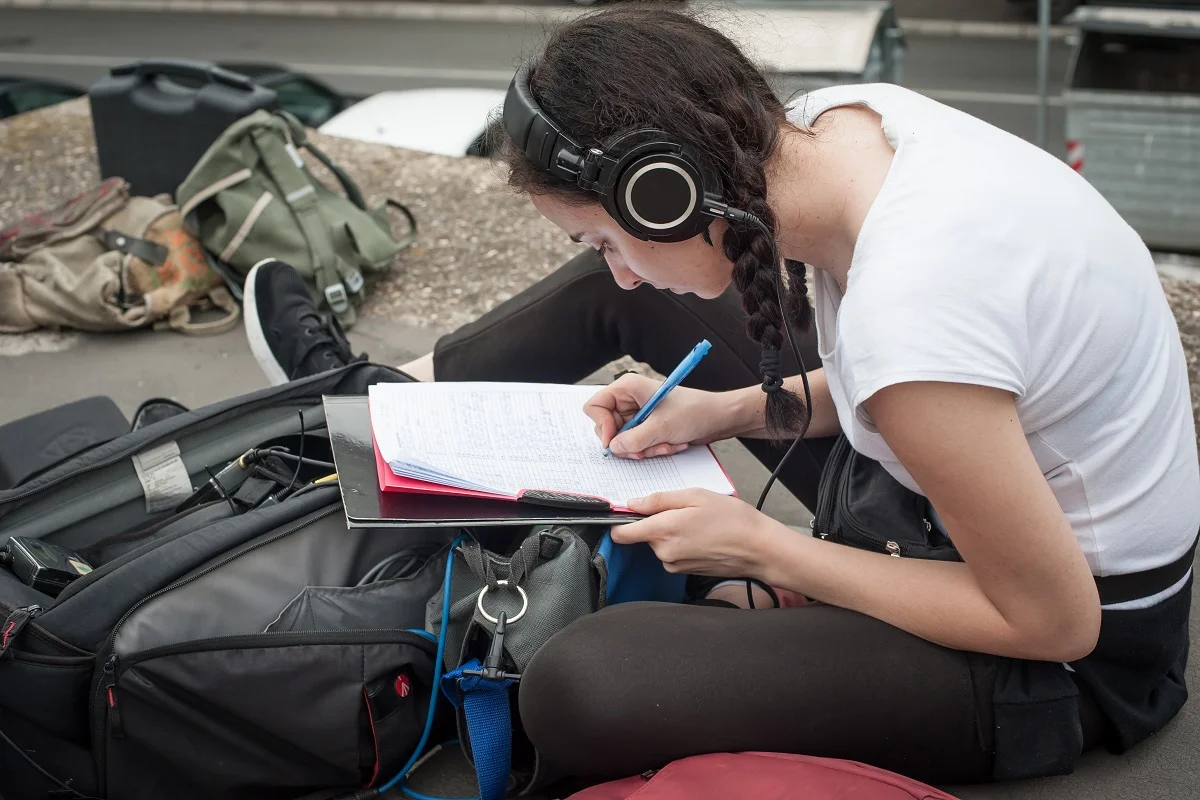Writing Effective Press Releases: A Comprehensive Guide
In today’s fast-paced digital age, where information travels at lightning speed, press releases remain a powerful tool for businesses and organizations to communicate their latest news and announcements to the media and the public. A well-crafted press release can generate valuable media coverage, enhance brand visibility, and attract potential customers.
However, writing an effective press release requires careful planning, attention to detail, and a strategic approach. In this comprehensive guide, we will delve into the essential elements of writing press releases that grab attention, engage readers, and deliver your message with impact.
1. Understand Your Audience
Before you start writing your press release, it is crucial to identify your target audience. Consider the demographics, interests, and preferences of the journalists, bloggers, and readers you want to reach. Tailoring your press release to resonate with your specific audience will increase its chances of being picked up and shared.
2. Craft a Captivating Headline
The headline is the first thing that journalists and readers see, so it needs to grab their attention immediately. Make it concise, engaging, and relevant to the news you are sharing. Use strong action verbs, intriguing statements, or compelling statistics to pique curiosity and entice the reader to continue reading.
3. Write a Compelling Lead Paragraph
The lead paragraph, often referred to as the “hook,” should provide a concise and captivating summary of the entire press release. It should answer the who, what, where, when, why, and how questions, giving readers a clear understanding of the news and why it matters. Avoid jargon and technical language, aiming for simplicity and clarity.
4. Provide Relevant and Newsworthy Information
Press releases should focus on sharing newsworthy information, such as product launches, company milestones, industry trends, or significant achievements. Include relevant details, such as quotes from key executives, supporting statistics, or customer testimonials, to add credibility and context to your news.
5. Use Clear and Concise Language
Journalists are often pressed for time, so make their job easier by using clear and concise language in your press release. Avoid lengthy sentences and unnecessary jargon. Stick to the facts and communicate your message in a straightforward and accessible manner. Remember, the goal is to make it easy for journalists to understand and report on your news.
6. Incorporate SEO Best Practices
To increase the visibility and searchability of your press release, incorporate relevant keywords strategically throughout the content. Research the keywords your target audience is likely to use when searching for news related to your industry or topic. However, avoid keyword stuffing, as it can make your press release appear unnatural and spammy.
7. Include Multimedia Elements
To make your press release more visually appealing and engaging, consider including multimedia elements such as images, videos, or infographics. Visual content can help tell your story more effectively and capture the attention of journalists and readers. Ensure that any multimedia elements are high-quality, relevant, and properly credited.
8. Follow the Inverted Pyramid Structure
The inverted pyramid structure is a widely used technique in journalism that prioritizes the most important information at the beginning of the press release and gradually provides additional details. This structure allows journalists to quickly grasp the key points and decide whether to pursue the story further.
9. Proofread and Edit
Before sending out your press release, make sure to proofread it thoroughly for grammar, spelling, and punctuation errors. A poorly written press release can undermine your credibility and discourage journalists from covering your news. Consider asking a colleague or professional editor to review your press release for an unbiased perspective.
10. Distribute Strategically
Once your press release is ready, it’s time to distribute it to the relevant media outlets and journalists. Consider using a reputable press release distribution service or building relationships with journalists in your industry. Personalized pitches and follow-ups can go a long way in increasing the chances of media coverage.
Conclusion
Writing effective press releases is an art that requires practice, attention to detail, and a deep understanding of your target audience. By following these essential tips, you can maximize the impact of your press releases, increase media coverage, and effectively communicate your news to the world.
Key Takeaways:
- Understanding your audience is crucial for writing an effective press release.
- Craft a captivating headline that grabs attention and entices readers to continue reading.
- The lead paragraph should provide a concise and compelling summary of your news.
- Include relevant and newsworthy information to add credibility and context to your press release.
- Use clear and concise language to make it easy for journalists to understand and report on your news.
- Incorporate SEO best practices by strategically using relevant keywords.
- Enhance your press release with multimedia elements like images or videos.
- Follow the inverted pyramid structure to prioritize important information.
- Proofread and edit your press release to ensure it is error-free and professional.
- Distribute your press release strategically to relevant media outlets and journalists.
To further enhance your skills in writing effective press releases and pursue a career in modern journalism, consider taking the “NYU | Modern Journalism” online course and certificate program offered by Yellowbrick. This comprehensive program will provide you with valuable insights, practical knowledge, and hands-on experience to excel in the field of journalism. Don’t miss this opportunity to expand your skillset and unlock exciting career opportunities.








